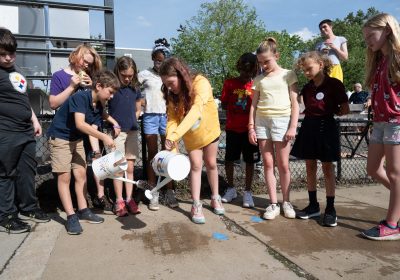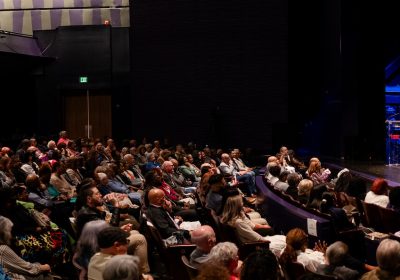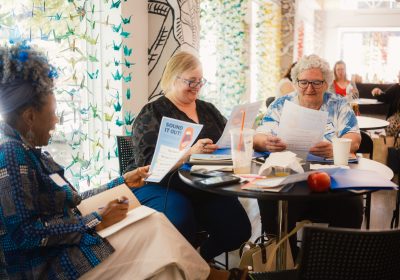by Jeff Siegler*
Beaver County Community Heart & Soul Volunteer and founder of Revitalize, or Die
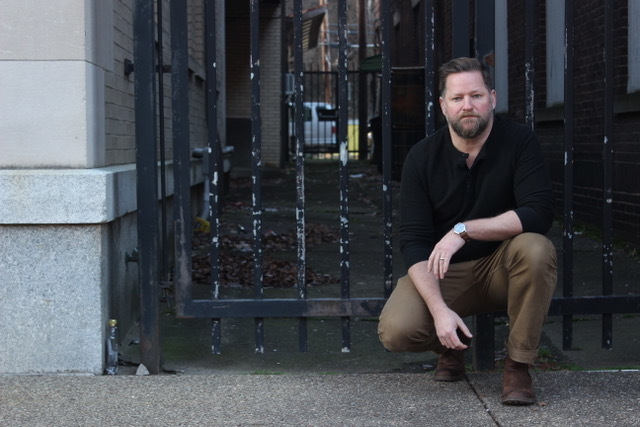
The timing was not ideal. Just as we were getting the go ahead from the Pennsylvania Humanities Council to embark upon the Community Heart & Soul program, we got notice from Governor Wolf’s office that getting together would be impossible. Needless to say, this put a substantial wrench in the works. At the heart of what we are trying to do is build community, and not getting together in person makes that quite a bit difficult. As I have endlessly shouted on my own platform, we will not be able to build community online, and in fact, it is our over dependence on the internet that has helped to degrade our sense of community. So this is awkward.
Nevertheless, social distancing restrictions were put place, but the problems the community was facing were not going away. I am new to both the Pennsylvania Humanities Council and the Community Heart and Soul program, but community struggles are my speciality. I have worked in community development and revitalization going back to 2003 and became particularly interested in issues of civic pride and apathy while overseeing the Ohio Main Street Program. I took some time to think about how we might move forward considering the fact that we could no longer actually meet up to get this thing started. While this was not an ideal situation, it did provide us with a rare opportunity to do something we nearly never do, take our time.
I am fortunate enough to be working with two communities in Beaver County, Beaver Falls and Rochester. I grew up in a Rustbelt town in Northwest Ohio that reminds me a great deal of both cities. These communities had once been prosperous and vibrant, but fell on hard times when the nature of the economy changed and are now looking at themselves from the view that their best days are behind them. This is a painful and damaging situation to get into, but it is one that thousands upon thousands of communities are currently in. The psyche of most smaller communities in the Rustbelt is complicated, and has been shaped by decades of bad news. So many of these cities have been knocked down so many times that they stopped trying to get up. They have learned not to trust what people tell them, they have learned that it is too painful to have hope, they have learned that this may be as good as it gets.
What people on the outside don’t understand about these places is that they have every reason to feel the way they do. They may be easy to pick apart and deride their disfunction, but their behavior is the only reasonable response to a situation in which they have suffered. We get so much wrong when we think about community revitalization because we overlook that fact that cities are made up of people. Cities take on the characteristics of the people that populate it. We would do far better to think about how people feel and function if we want to tackle some of these community problems. Because in the end, if we want to help a city lift itself up, we have to figure out how to help its residents lift themselves up.
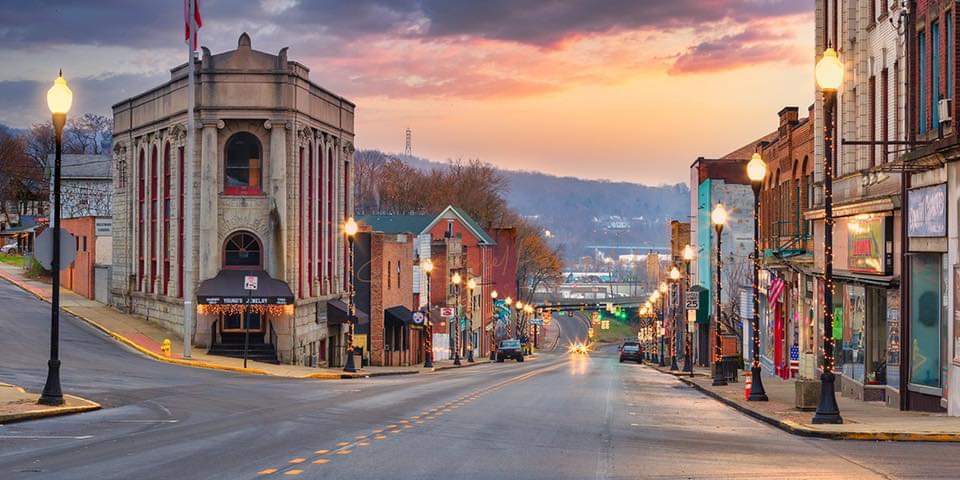
I don’t mean to sound so negative about any community, particular not the two communities I am extremely excited to be working with, but I have also come to realize, that there is no use trying to gloss over reality. If we really hope to start making some headway on these issues, we can’t pretend that everything is fine. We can’t just keep hoping that tomorrow will be better if we don’t behave different today. There is no sense going to the doctor and pretending that everything is great only to not get treated for what is bothering you. The whole point of embarking on this process is to attempt to address the issues that are holding us back. There are problems, there is no sense in denying it. There are issues, there are struggles. A community is complicated and things happen. Apathy takes hold, disfunction can set it, trust erodes. This isn’t an indictment on all the people that live there. It’s simply recognizing that things needs to change and that brighter days are ahead.
“Instead of just sitting back and waiting until things cleared up to get started, we could instead seize on an opportunity to take our time and have some deeper discussions.”
So it comes back to this, if we want to revitalize a city, we have to revitalize its people. As with anything then, we first must understand what is wrong. This is the reason I feel like there is not nearly enough progress made in the fields of community development and revitalization. We look at the city as a whole and then consider how do we fix this singular entity. We throw planning at it, we throw infrastructure at it, sometimes we throw money at it. These are all solutions to a very different problem and not the problem that needs to be addressed. These are physical problems, problems we can see with our eyes, but just as it is with people, oftentimes, the most challenging problems are the ones we can’t see. The ones that exist inside.

So with this in mind, we decided to hit pause and consider that maybe this break was giving us a chance to start to explore some of these ideas. Instead of just sitting back and waiting until things cleared up to get started, we could instead seize on an opportunity to take our time and have some deeper discussions. As one does during a pandemic, we logged onto a Zoom call and we just talked.
We talked about what it feels like to live in a community that doesn’t believe in itself. We discussed the impacts of not knowing fellow community members. Someone mentioned that one of their biggest issues was a lack of trust, and we spent a long time talking about how that affects a community and its residents. This lead to a deep discussion of how trust is lost and what can be done to restore it. We kicked around the subject of apathy and how it seems people just don’t care as much as they used to. Then we talked about how pride can combat apathy and steps we might take to start down a new path. With both communities, we were afforded a really fortunate opportunity to talk about some things we rarely get to talk about. We got deep and dirty in the subjects that really affect a community and not the superficial stuff we typically spend so much time on.
“We got deep and dirty in the subjects that really affect a community and not the superficial stuff we typically spend so much time on.”
We didn’t solve any of the world’s problems in our discussions, but I believe we went deeper than we usually go. We at least had a chance to consider some of the root issues we need to address when it comes to community revitalization. We may not know all the solutions to these issues, but it is so rare that we even discuss the real problems. I love having a chance to work with passionate community members and be a part of these discussions. It is not ever for a lack of love or concern that a community struggles, but often a lack of not knowing what to do.
There is a lot of bad advice out there and many towns don’t ever take the time to address some of the root issues they are struggling with. I believe the Community Heart & Soul program will give us that chance. We have a long way to go and plenty of issues to deal with, but we there is no shortage of passionate people willing to do whatever it takes to make their community stronger. It is hard to say where this process will end up, but at least we were afforded the time to have the conversation about what issues we really want to address.
* The opinions expressed in this article are those of the author. Jeff Siegler is a community revitalization specialist partnering with the Pennsylvania Humanities Council on Community Heart & Soul in Beaver County.
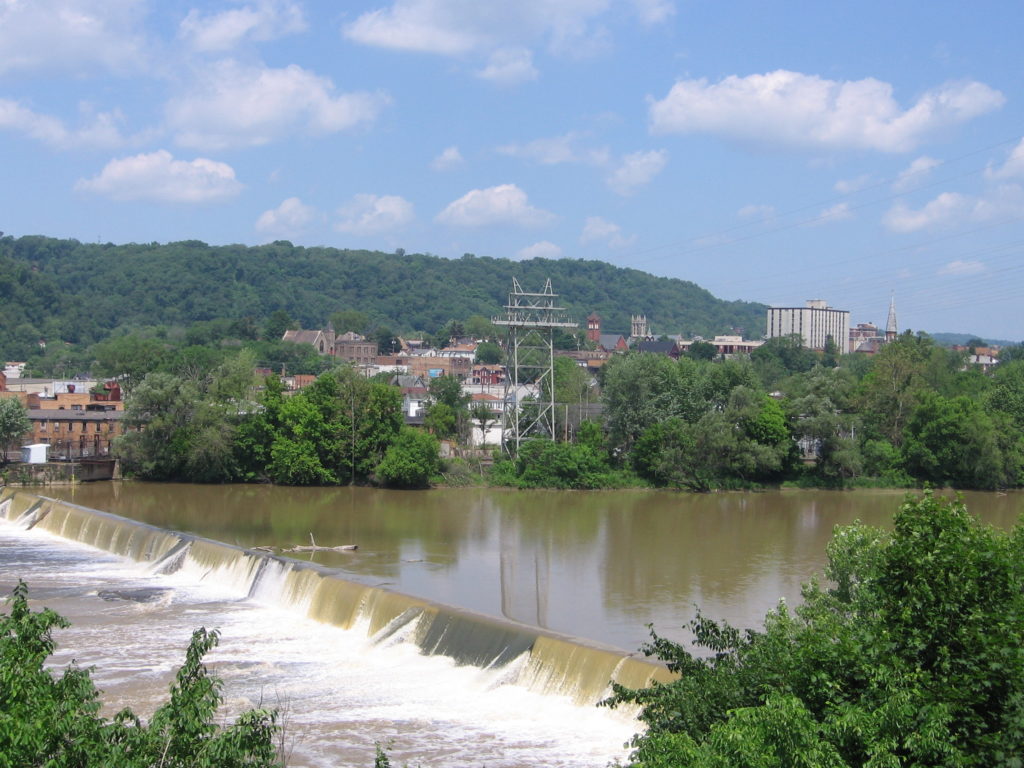
![[color – dark bg] PA SHARP FINAL FILES DB 72dpi [color - dark bg] PA SHARP FINAL FILES DB 72dpi](https://pahumanities.org/uploads/files/elementor/thumbs/color-dark-bg-PA-SHARP-FINAL-FILES-DB-72dpi-phgl7aimtfdpzt2rscvl43ksfv3asbbls19lsvuacw.jpg)
